Hot tips on what to eat not to starve in Phuket
Phuket - Thailand
Thai food guide for tourists
What is the first experience you generally go for when you step into a foreign country? Out of necessity it is usually food. After all you need to build some stamina to explore an international destination, don’t you agree?
While planning our first visit to Thailand we were concerned that the food in Thailand could be too hot for my husband’s palate. He detests anything that puts his mouth on fire. He does not even add pepper to his food. If there is one chilli seed in a sauce, it is sure to end up in his mouth. Oh boy!
We were concerned that our English requests would be lost in translation or we would not understand what was on the menu. Between you and me, he was probably scared he was going to starve while in Thailand and short of packing our own two minute noodles which would be like taking ice to Iceland, we had some homework to do.
First task was to get him to remember the phrase mâi pèt which means not spicy. I thought it necessary to remember that myself, as my dear hubby is not very good at remembering names - which might have meant that he could easily end up with something completely different. We wouldn’t want that!
Rookie mistake no 1 that played in our favour: Many if not most of the menus in the tourist spots have English translations and/or photos of the dishes. If you are in a remote area it might be a different story but we were in Phuket so we were sorted.
Rookie mistake no 2 which also wasn’t a bad idea: To learn a few foreign phrases from the country you are visiting is always a great idea. People love it even if you only try greeting them in their language.
Food culture in Thailand
The Thai love a balanced fusion of aromatic components with a spicy bite. Phuket’s food culture is an intricate appetizing melting pot of traditional inexpensive street or market food and if your pocket allows you, five-star restaurants.
Baba Peranakan food, in other words Phuket cuisine, stems from being exposed to many foreign influences. Indian and Chinese trading ships found Phuket a safe place to anchor to wait for the northeast monsoon winds which would advance them on their journey to India.
Thai food’s speciality is the combination of four crucial tastes; sweet, salty, sour and bitter poised together to give an authentic taste of Thailand.
Phuket is surrounded by the Andaman Sea and therefore fish and seafood is always available often with a fresh fish table outside many restaurants to boast about their catch of the day.
Fish sold at the night markets
To supply you with a list of top Thai restaurants in my opinion is just a waste of time. They pop up continuously and often change seasonally. There obviously are some restaurants that will stay the same, but then where would be the fun in finding a restaurant that appeals to you where you may taste a variety of delectable Thai dishes?
There is no shortage of food or drink. We found that it was safe to eat street food in Phuket. One has to use common sense when dining anywhere.
We ate at restaurants, although never at a five-star one. We explored the food stalls and tried out the pop-up beach restaurants. In my mind that is half the fun of being in Thailand. We found the night markets most interesting.
Night market food in Phuket
Squid on a stick
Sushi
Often when exploring beaches and bays we would buy a smoothie – or fruit shake - refreshing, tasty and healthy. We also found that Thai food is not fattening unless you pig out on their pancakes – which is quite easy to do.
Thai pancakes are the best!
With all this delicious food, who would want just a plain old sarmie?
Useful Thai phrases or words and their meanings:
To guide you in your endeavour to find food, I thought I would share a few tips with you.
Yum does not mean tasty in Thai, although most dishes you eat are usually yummy. It stands for spicy, such as Tom Yum – spicy soup, which will have chilli.
Mai Sai Prik means no chilli please. Often the chefs might still be tempted to add just a teeny bit of chilli, not to offend you but to them the dish is not complete without that extra touch.
Mai Ped means not spicy but on occasion they may add a dash of chilli which leads to the next tip.
Chan Pae Prik is a good way to stress that you do not want chilli because it means you are allergic to chilli.
Pad Phak is a stir-fried vegetable dish that generally has no chilli. Pad Phak Boong or Phad Tua Ngawk however might have a chilli or two.
Favourite Thai dishes
Picture a searing hot wok with steamy noodles, crunchy stir-fried onion, vegetables and beansprouts. Imagine a blend of fragrant lemongrass, garlic, chilli, galangal, lime leaves, shallots, lime juice and fish sauce added to that and you’ll have a classic Thai aroma.
For a variation fried rice with egg, onion and a couple of herbs served with a dish of your choice. You may even be tempted to try a curry with sticky rice. Here and there your dish could be flavoured with a dash of coconut milk. Are you salivating yet?
These are just some of the Thai dishes found in Phuket. Some might sound familiar:
Tom Yum Goong (Spicy Shrimp Soup).
Tom Kha Kai (Chicken in Coconut Soup)
Gaeng Daeng (Red Curry)
Gaeng Keaw Wan Gai (Green Curry Chicken)
Pad Thai (Thai style Fried Noodles)
Khao Pad (Fried Rice)
Pad Krapow Moo Saap (Fried Basil and Pork)
Massaman curry (Rich, mild Thai curry)
Mee Hokkien Noodle (stir-fried noodles with egg, slices of pork, prawns or squid)
Satay (Chicken, pork or beef Satay – with peanut sauce)
Looking for accommodation in Phuket?
The aim is to open for tourists as of beginning August 2020.
Red, green or yellow curry?
The main difference between red curry and green curry is the colour. Fresh or dried produce is used as a base for the paste.
Green curry is made with fresh coriander (cilantro), lime leaves, lime peel, basil, fresh green chillies, lemongrass, fish sauce, garlic, ginger and shallots.
Red curry can have up to twenty red chillies for the colour and bite but might be too hot for the Western palate. Often contemporary chefs reduce the chillies and instead add some chilli powder. Tomato paste is often used these days to enhance the colour and flavour.
Yellow curry has turmeric which gives its yellow colour. A mild curry, slightly spicy with a hint of sweetness. Coriander seeds, cumin, lemongrass, galangal or ginger, garlic and fresh yellow or red chilli make up the rest of the paste and is often combined with coconut milk.
Massaman Curry is influenced by Persian culture and often includes whole spices and peanuts. It is a thick, mild sauce with a slightly sweet flavour.
Of course you need to wash down your meal with some liquid refreshment too.
I hope these ‘hot’ tips of what to eat will help you when you visit Phuket. With this knowledge of Thai dishes I am sure you will not starve. I know we didn’t. On the contrary, we ate very well and my husband didn’t complain once about the zing in the food. Now that is quite an accomplishment.
Of course you are welcome to be more daring!
Want to see more of Thailand?
Click on buttons to read
Social Media Channels
If you would like to leave a comment on my blog, at the end of it click Subscribe via e-mail to receive email notifications of my reply or if new comments are added to that post. Visitors must be logged in to subscribe and this will subscribe visitors to the comment thread, but not my entire blog. I know it is quite a process, but it helps keep our websites secure. Your email address will not be shared or displayed.
Alternatively, you can comment as a guest without logging in, but you will not be notified of my answer.








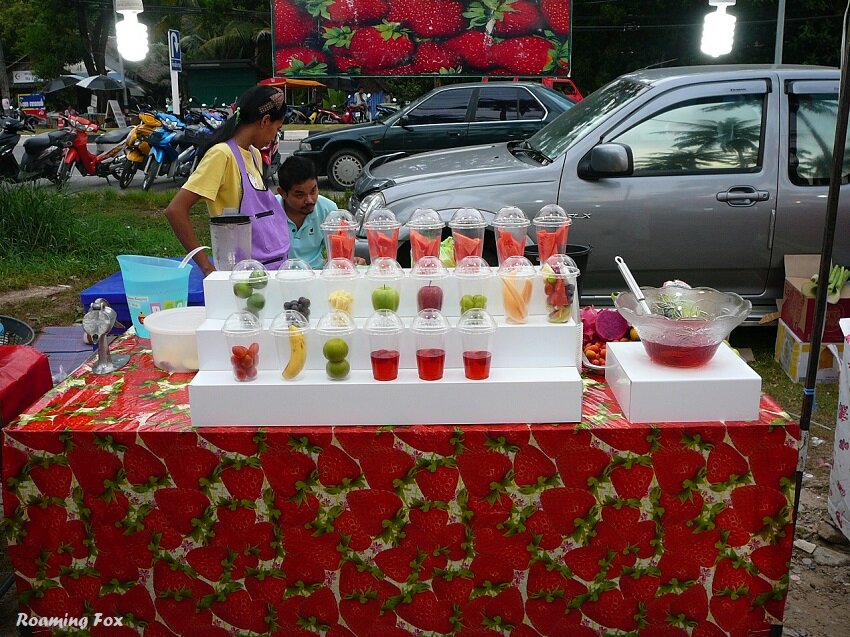
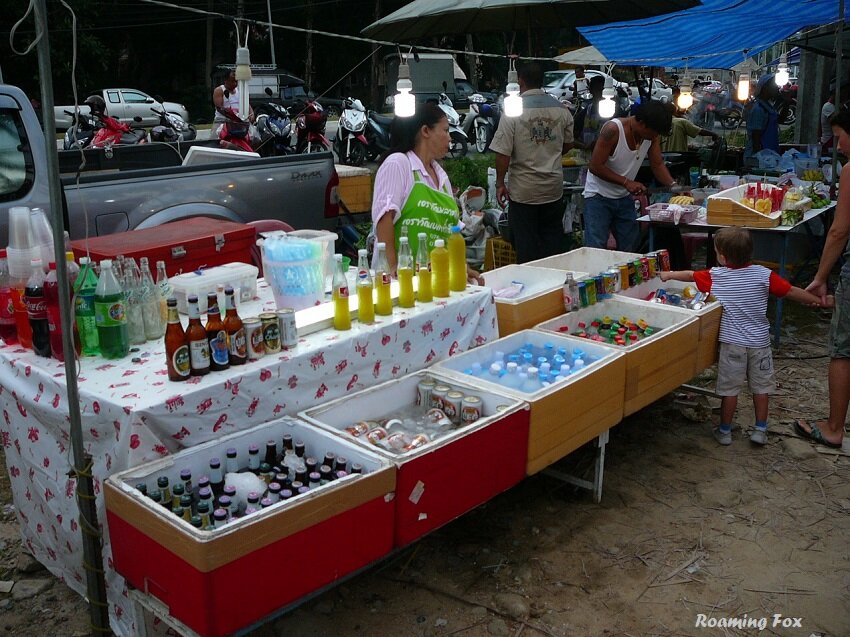





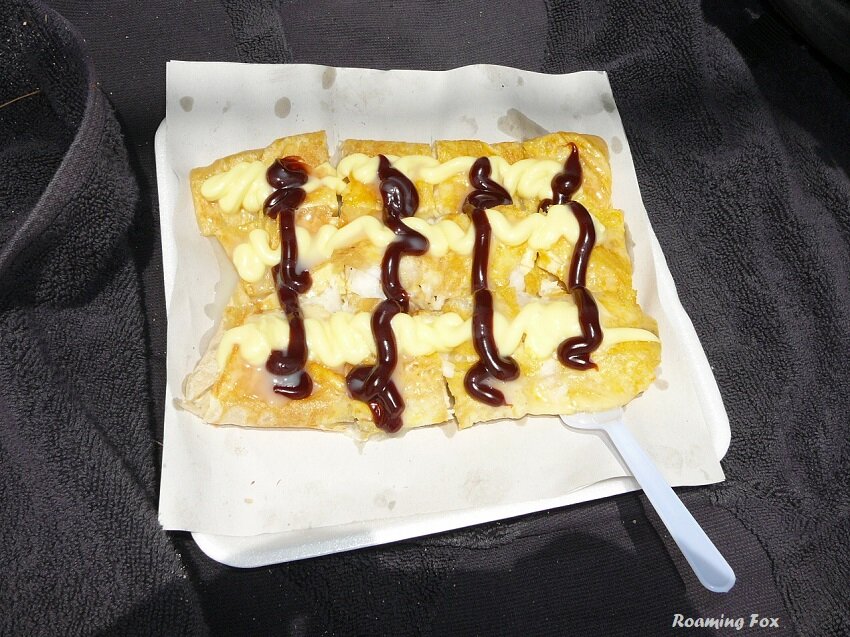




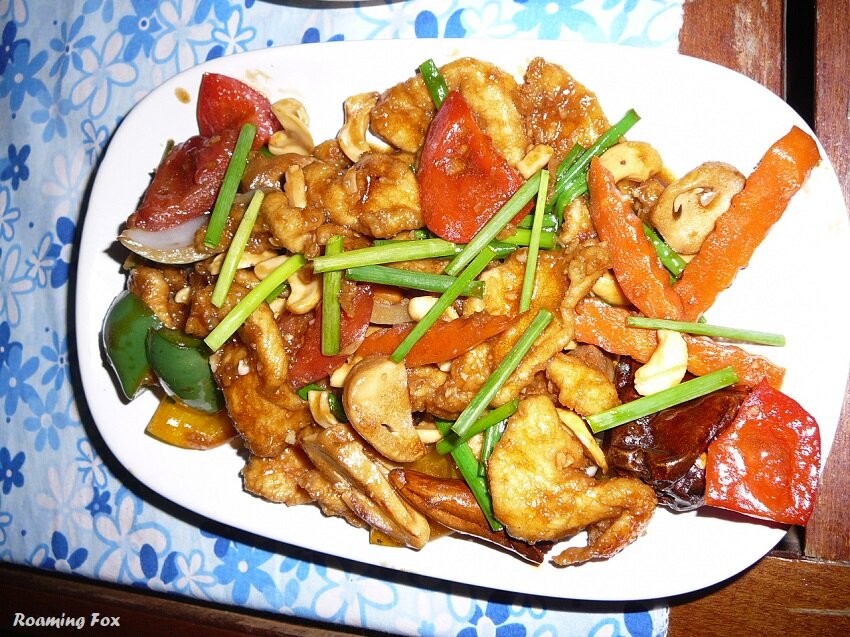

















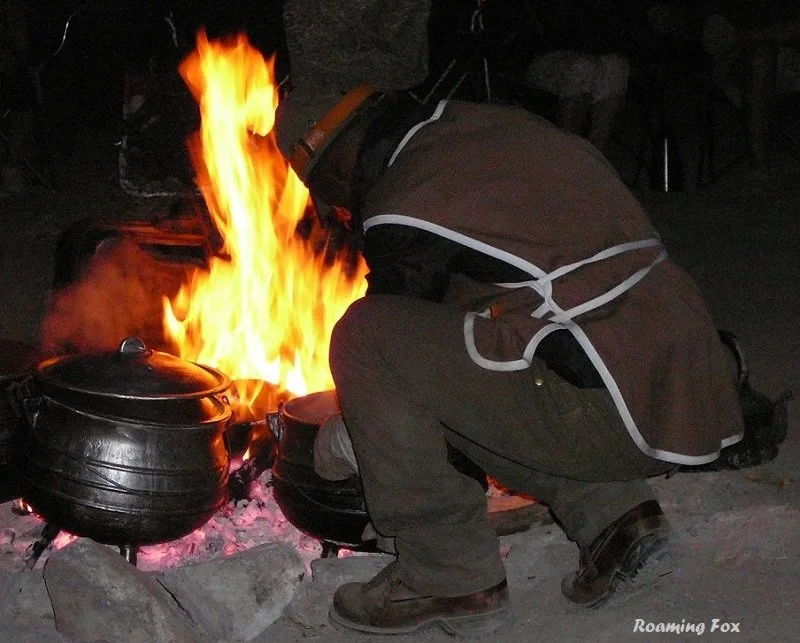

The Best Way to see a country? Take a road trip! Have you ever had that feeling when you hit the open road on your road trip? Freedom. Anticipation. Exhilaration.